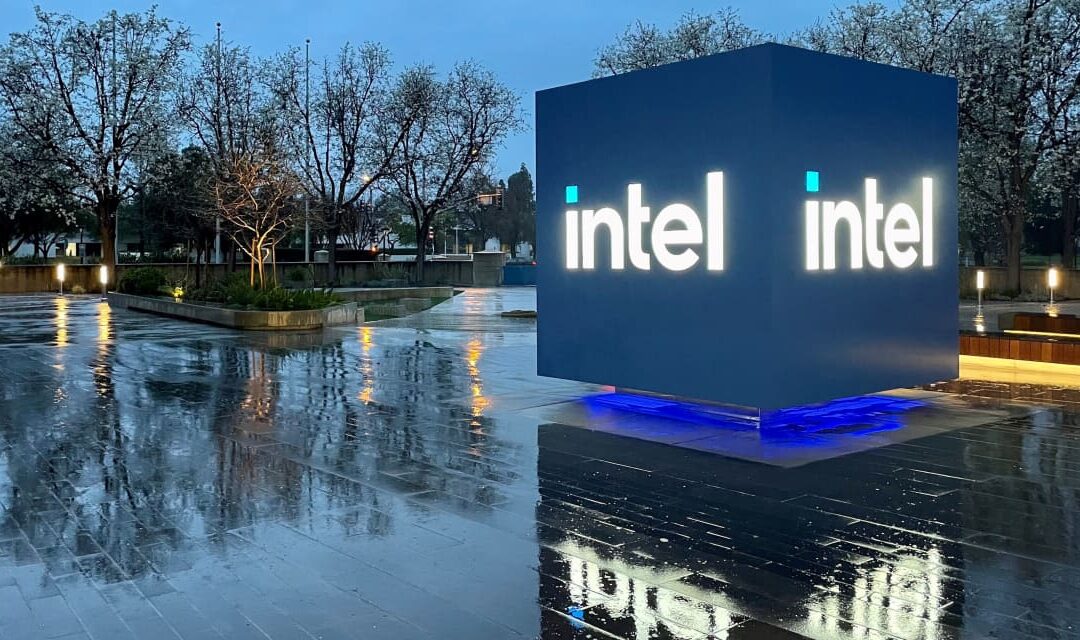Intel Corp.’s upcoming earnings report is expected to be a busy one as the chip maker discusses trends in the personal-computing and data-center markets, as well as the budding opportunity in artificial intelligence.
The results, due out Thursday after the closing bell, come as Intel’s stock
INTC,
has enjoyed a sharp 50%-plus move higher since the company last presented its numbers to Wall Street.
Read: Missed the boat on AMD’s stock surge? Why this analyst says you’re not too late.
That rally “has raised the bar on expectations,” HSBC analyst Frank Lee wrote in a recent report.
“We acknowledged Intel’s improving execution especially on its PC client side with its improving market share,” Lee continued, and he thinks the company’s revenue and gross margins for the latest period will fall roughly in line with the consenus view.
At the same time, he sees “little room for further earnings upside in the near-term” given recent expansion in the stock’s price-to-earnings multiple.
Here’s what to watch for in the fourth-quarter numbers.
Don’t miss: Intel’s ‘make-or-break year’ will put stock’s recent surge to the test
What to expect
Earnings: The FactSet consensus calls for 45 cents in adjusted fourth-quarter earnings per share, compared with 10 cents in the year-earlier period.
Revenue: Analysts tracked by FactSet expect that Intel generated $15.2 billion in revenue for the fourth quarter, compared with $14.0 billion in the year-prior quarter.
Consensus estimates call for a 28% bump in revenue, to $8.5 billion, for Intel’s client-computing unit, which is its biggest. Data-center and AI revenue is forecast to decline about 5% to $4.1 billion.
Stock movement: Intel shares have gained after each of the company’s past three earnings reports, including when they logged a 9% increase after the most recent one. The stock is up 68% over the past 12 months, and it’s gained 52% over the past three months.
Of the 42 analysts tracked by FactSet who cover Intel’s stock, nine have buy ratings, 27% have hold ratings, and six have sell ratings, with an average price target of $44.04 that’s about 12% below recent levels.
What else to expect
HSBC’s Lee will be watching the company’s commentary on the PC business. “In particular, we believe there could be some downside risk to bullish consensus expectations of its PC client sales of [$7.7 billion] based on recent weakness in the overall PC supply chain,” he wrote.
Executives could discuss the market for AI PCs, which Intel has been betting on.
“For the PC [total addressable market] beyond [the fourth quarter], we see the introduction of AI PCs with Meteor Lake’s recent debut (followed by Arrow Lake, Lunar Lake, and Panther Lake as a follow-on in 2025) as well-positioned, as client-side inference workloads grow in importance,” TD Cowen’s Matthew Ramsey wrote.
As for AI in general, Bernstein’s Stacy Rasgon said this is the year that investors will start to see “if there is anything really behind the company’s AI narrative.”
“At this point it still seems incremental (at best); the company has suggested [roughly $2 billion] in [the] Gaudi pipeline, but we still have no real good idea as to how much of that pipeline is committed, or anything really on timing (and $2B is small given Intel’s size),” he continued.
Meanwhile, Wolfe Research analyst Chris Caso said he saw the potential for some risk to Intel’s first-quarter figures, “though that’s also more about poor modeling than deteriorating conditions.”
See also: Nvidia is no longer Morgan Stanley’s top chip pick. A much different name is.









